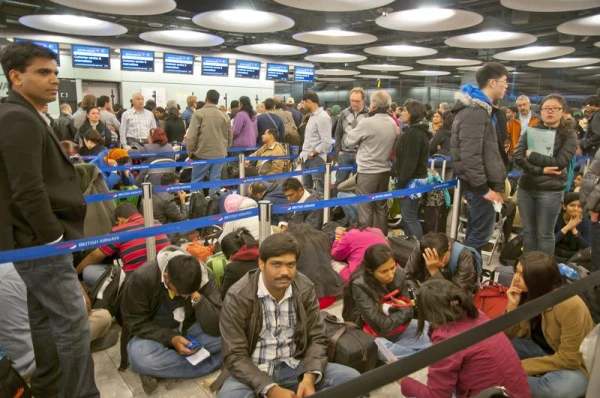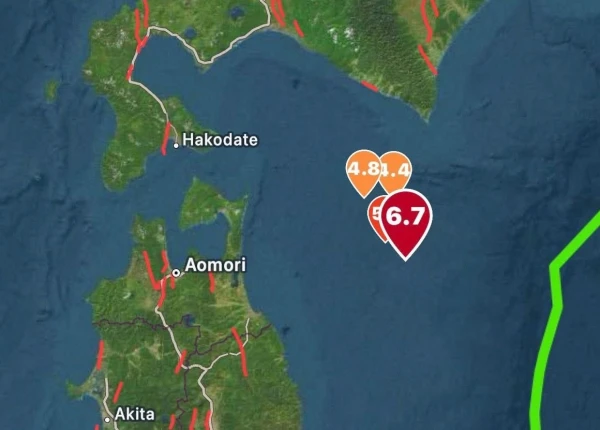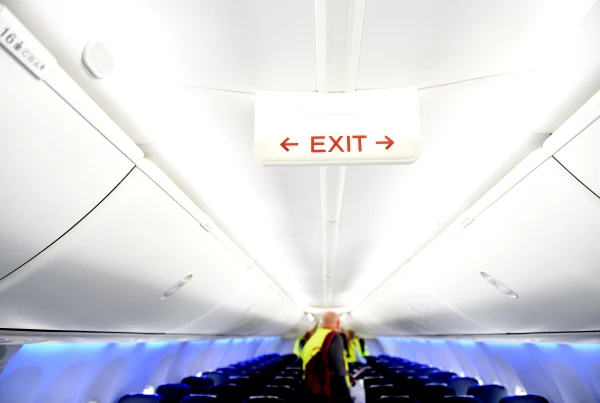
Today, a new Entry and Exit System (IIS) will come into effect in the EU, designed for third country nationals traveling for short-term stays, reported State Border Guard expert Jolanta Babishko.
IIS is an automated information system designed to register third country nationals each time they cross the external borders of European countries for the purpose of short-term stays.
In the understanding of IIS, a third country national is considered to be a person who does not hold citizenship of the EU, as well as Iceland, Liechtenstein, Norway, or Switzerland.
A short-term stay means a stay of up to 90 days within any 180-day period, including all days during which the person was present in European countries using IIS.
According to the border service, IIS significantly modernizes the border control process and enhances security in European countries that will use IIS.
The system will replace existing passport stamps with a digital registration mechanism that will automatically record entry and exit data. In the long term, this means faster and more efficient border control, as checks will be conducted automatically with less manual work.
At the first border crossing, when biometric data of third country nationals will be registered, the border control process may take longer than usual, but after the initial data registration, subsequent border crossings will be quicker and more convenient, border guards promise.
At the same time, the new system will help prevent illegal migration, as it will allow for accurate registration of which individuals enter and exit the Schengen area.
The use of biometric data—fingerprints and facial images—will reduce the number of cases of fake identification and help prevent overstaying, border guards emphasize.
The implementation of IIS will also strengthen security in the Schengen area as a whole—border guards and law enforcement agencies will have access to important information about travelers, allowing for timely identification of security threats and more effective action against serious crimes and terrorism.
As of September 1, travelers from third countries can already fill out an electronic travel declaration in the information system for preventing national security threats; however, it differs from IIS.
IIS is the system that people encounter at border crossing points, while the electronic travel declaration is a form that must be filled out online no later than 48 hours before entering Latvia.
It must be submitted by individuals who are citizens of any country except for citizens of EU countries, NATO, the Organisation for Economic Co-operation and Development (OECD), European Economic Area countries, Switzerland, or Brazil, who do not have a visa or residence permit issued by Latvia.











